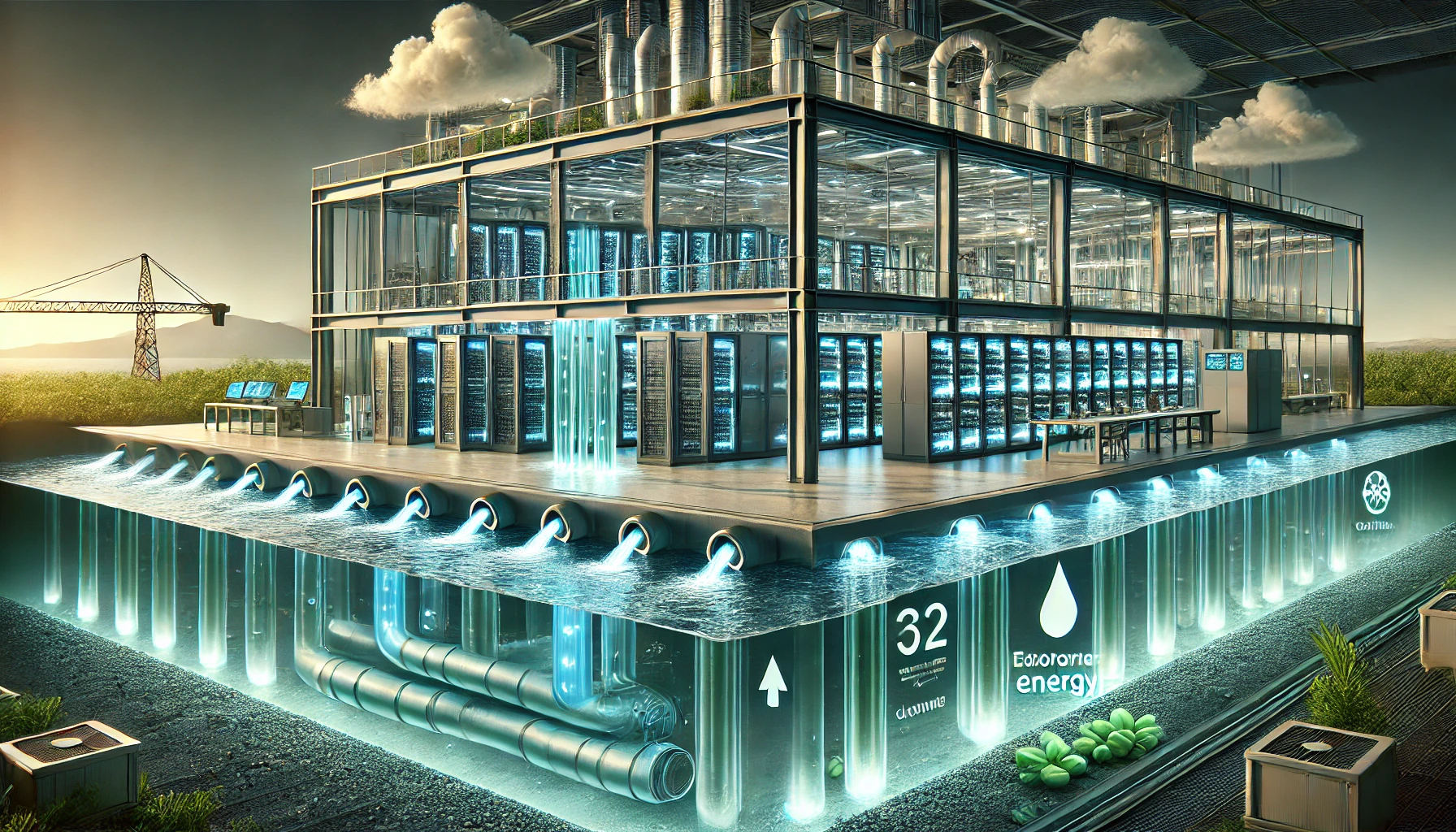Table of Contents
Introduction
In today’s digital age, data centers have become the backbone of our interconnected world. However, the rapid growth of these facilities has raised significant concerns about their environmental impact. With the increasing demand for data storage and processing, it is imperative to explore sustainable practices that minimize the energy consumption and carbon footprint of data centers.
In this blog post, we will delve into the key design principles, implementation strategies, and challenges associated with building sustainable data centers.
Defining Sustainable Data Centers
A sustainable data center is designed and operated in a manner that minimizes its negative environmental impact. This includes reducing energy consumption, optimizing resource utilization, and adopting environmentally friendly practices. By prioritizing sustainability, data centers can contribute to a healthier planet and a more resilient digital infrastructure.
The Imperative of Sustainability in the Tech Industry
The tech industry plays a pivotal role in driving economic growth and innovation. However, its energy consumption has also contributed to greenhouse gas emissions. Sustainable data centers offer a solution to this challenge by reducing the industry’s environmental footprint. By adopting sustainable practices, tech companies can demonstrate their commitment to corporate social responsibility and gain a competitive edge in the market.
Design Principles for Sustainable Data Centers
Energy Efficiency:
Energy efficiency is a critical factor in designing sustainable data centers. By optimizing energy use, data centers can reduce operating costs and minimize environmental impact. Some key strategies for improving energy efficiency include:
- Use of high-efficiency servers: Selecting servers with high energy efficiency ratings can significantly reduce overall power consumption.
- Optimized cooling systems: Implementing efficient cooling systems, such as air-side economizers and liquid cooling technologies, can minimize the energy required to maintain optimal operating temperatures.
Modular Design:
Adopting a modular design approach can enhance the sustainability of data centers by enabling flexibility and scalability. Modular data centers can be easily expanded or modified to meet changing business needs without compromising energy efficiency or environmental performance.
Renewable Energy Sources:
Integrating renewable energy sources into data center operations is a crucial step toward sustainability. By harnessing clean energy sources such as solar, wind, and geothermal power, data centers can reduce their reliance on fossil fuels and contribute to a cleaner energy grid.

Site Selection
The location of a data center can have a significant impact on its environmental footprint. Careful consideration must be given to factors such as:
- Environmental impact: Avoiding environmentally sensitive areas and minimizing disruption to ecosystems is essential.
- Proximity to renewable resources: Locating data centers near renewable energy sources can facilitate their integration into the power grid.
- Climate and natural disaster risks: Assessing the risk of natural disasters, such as floods and earthquakes, is crucial to ensure the safety and resilience of data centers.
Implementation Strategies for Sustainable Data Centers
Best Practices for Construction and Materials
Sustainable construction practices and the use of eco-friendly materials can significantly reduce the environmental impact of data center construction. Some key strategies include:
- Sustainable materials: Incorporating recycled or renewable materials, such as wood from sustainably managed forests, into the construction process.
- Eco-friendly building techniques: Employing energy-efficient building techniques, such as insulation and airtight sealing, to minimize energy consumption.
Advanced Cooling Technologies
Innovative cooling technologies can enhance the energy efficiency of data centers and reduce their environmental impact. Some promising options include:
- Liquid cooling: Using liquid immersion or liquid cooling systems to effectively dissipate heat from servers.
- Free air cooling: Leveraging natural airflow to cool data centers, reducing the need for mechanical cooling systems.
Energy Management
Effective energy management is essential for achieving sustainable data center operations. This involves:
- Monitoring and analytics: Implementing advanced monitoring systems to track energy usage and identify areas for improvement.
- Predictive maintenance: Employing predictive maintenance techniques to optimize equipment performance and minimize energy waste.
- Power Purchase Agreements (PPAs): Entering into long-term PPAs with renewable energy producers to secure a reliable and sustainable power supply.
Related Article: Green AI: Innovative Strategies for Mitigating Rising Energy Usage
Certification and Standards
Adhering to relevant certifications and standards can demonstrate a data center’s commitment to sustainability and provide a framework for best practices. Some commonly recognized certifications include:
- LEED (Leadership in Energy and Environmental Design): A globally recognized green building certification program.
- Energy Star: A government-backed program that recognizes energy-efficient products and buildings.
Compliance with these standards can also help data centers access government incentives and subsidies.
Challenges and Solutions
Building and operating sustainable data centers can present several challenges, including:
- Initial investment costs: The upfront costs of implementing sustainable technologies and practices can be significant.
- Balancing performance with sustainability: Ensuring that sustainable measures do not compromise the performance and reliability of data centers.
To address these challenges, data centers can explore the following solutions:
- Long-term savings analysis: Conducting a thorough analysis to demonstrate the long-term economic benefits of sustainability.
- Investment incentives: Taking advantage of government incentives, tax breaks, and subsidies to offset initial costs.
- Technology advancements: Embracing emerging technologies that can enhance sustainability and reduce costs.
Future Trends
The field of sustainable data centers is constantly evolving, with new technologies and innovations emerging regularly. Some promising trends include:
- AI-powered energy optimization: Utilizing artificial intelligence to optimize energy consumption and improve efficiency.
- Renewable energy integration: Expanding the integration of renewable energy sources into data center operations.
- Sustainable materials and construction techniques: Developing innovative materials and construction methods that reduce environmental impact.
Conclusion
Building sustainable data centers is essential for addressing the growing environmental challenges posed by the tech industry.
By adopting energy-efficient practices, utilizing renewable energy sources, and implementing sustainable design principles, data centers can contribute to a cleaner and more sustainable future. Industry stakeholders must embrace these practices and drive innovation in the field of sustainable data centers.